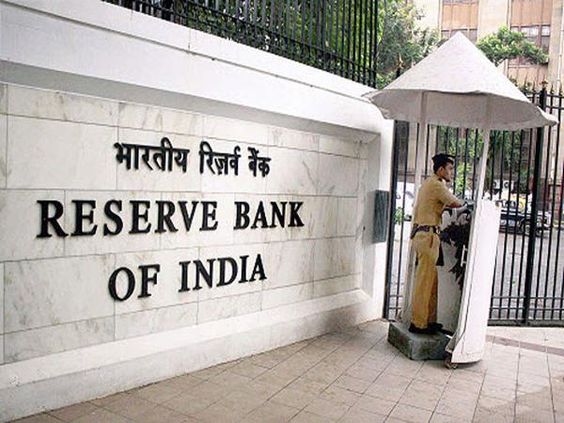When the Federal Reserve tightens, the Reserve Bank of India tries to defend its currency once more.
Analysts expect it to launch a more limited defense this time, geared at fighting off the worst of speculative attacks rather than drawing a line in the sand when global capital flows are shifting and the Fed is expected to increase throughout the year.
To save ammunition amid a broad dollar surge spurred by expectations of aggressive monetary tightening by the Federal Reserve, the RBI may choose a limited intervention policy. According to analysts, the RBI’s stated goal is to reduce excessive currency volatility, and reserves have declined in recent weeks, indicating market involvement.
On Monday, the rupee fell to a new low of 77.53 per dollar as the dollar rose further and amid rising petroleum prices, threatening to extend the trade gap to uncharted heights. Foreign funds have been fleeing the country’s equities at an unprecedented rate, and a central bank that delayed tightening policy until last week hasn’t helped matters.
When compared to its emerging Asian peers, the rupee’s movements have been orderly during the last month. This year, the currency has lost about 4% of its value and sits in the middle of the Asian pack.
India’s central bank is intervening in all foreign exchange markets, including offshore markets, and will continue to do so to defend the rupee, which fell to a record low on Monday. A spokeswoman for the central bank was not immediately available for comment.
According to the most recent data, the country’s foreign reserves were $598 billion. Although this is down 7% from a record high of over $640 billion in September due to a combination of intervention and valuation revisions, it still performs well on key metrics such as import coverage and short-term debt obligations, according to Radhika Rao, the senior economist at DBS Bank Ltd.




